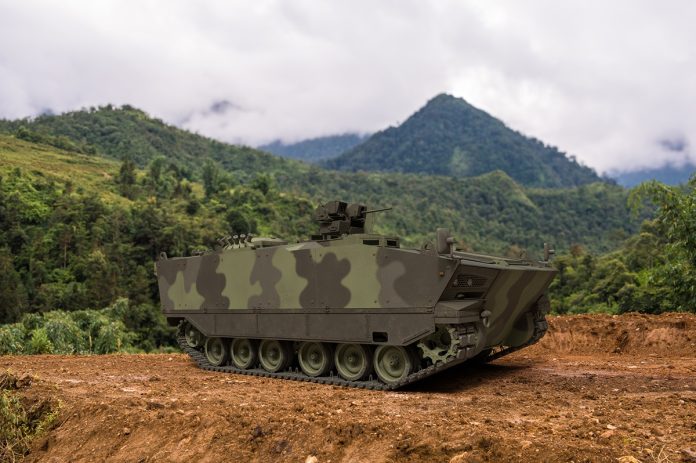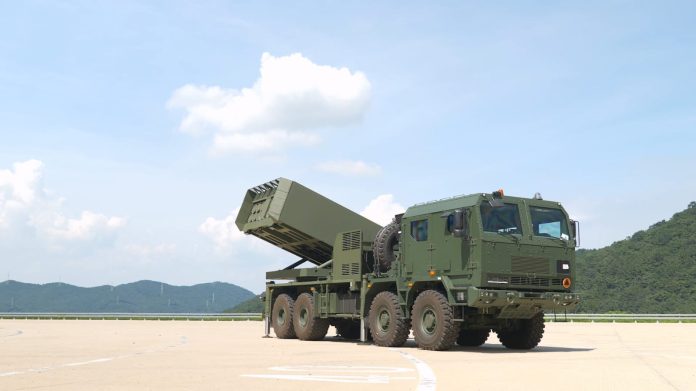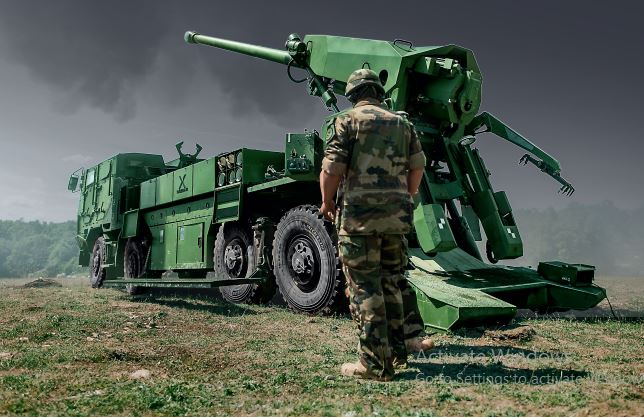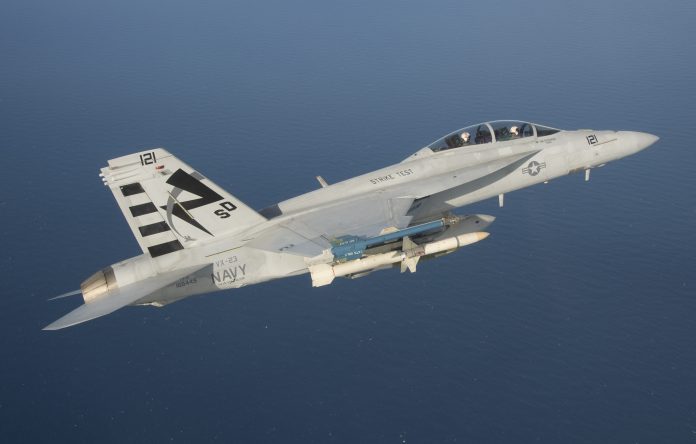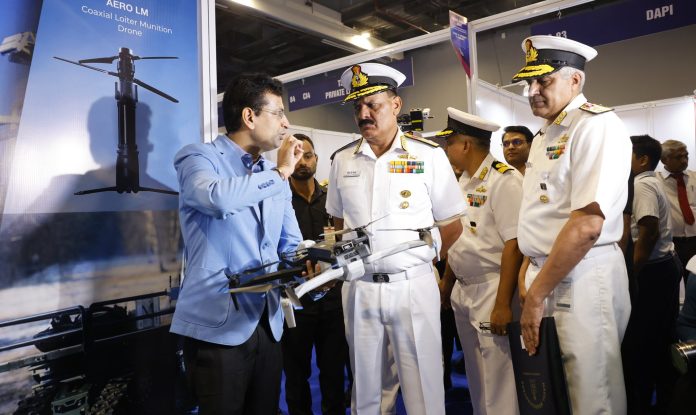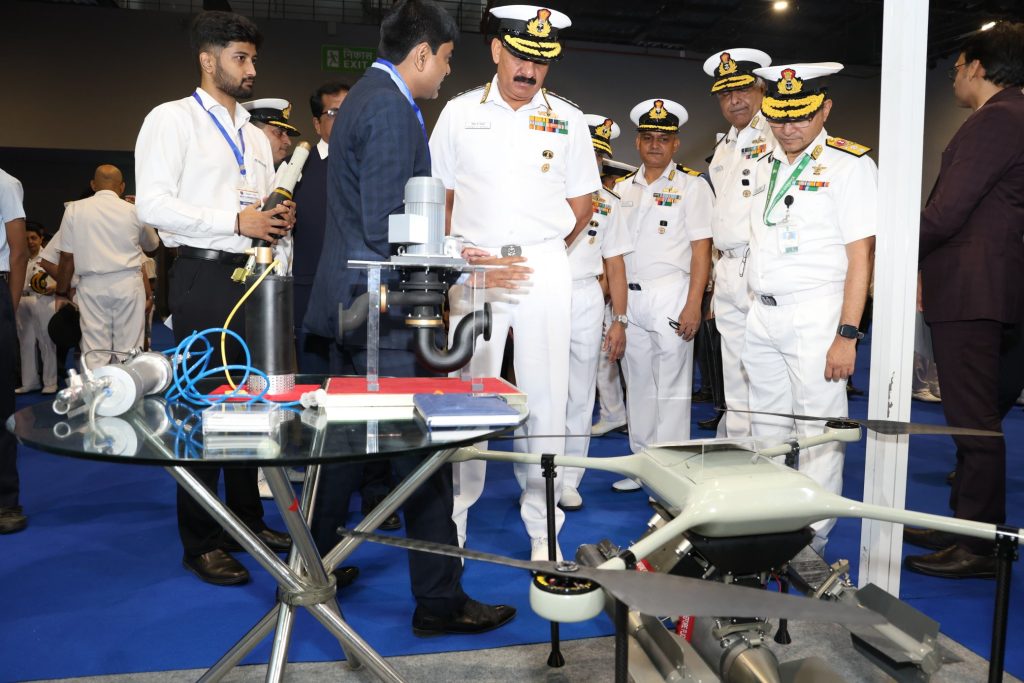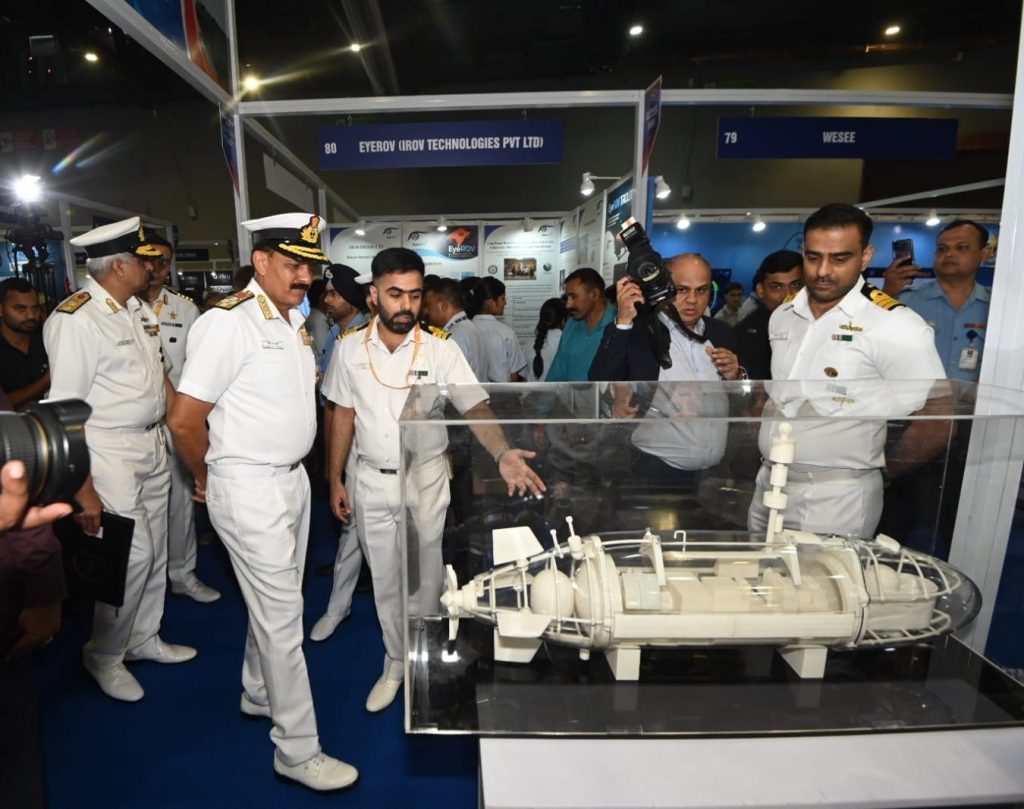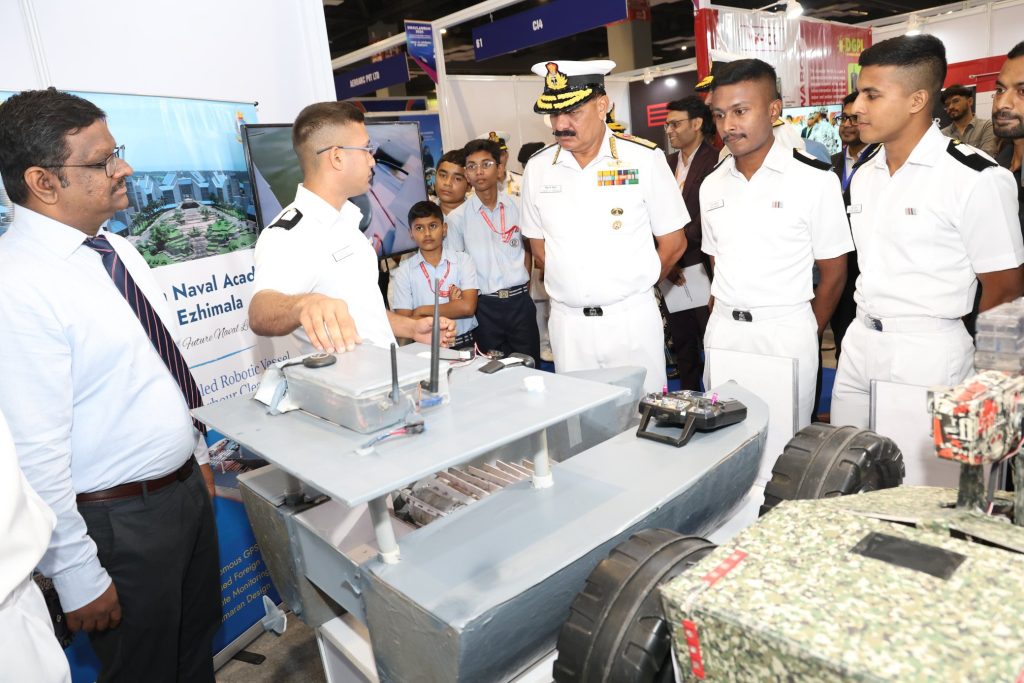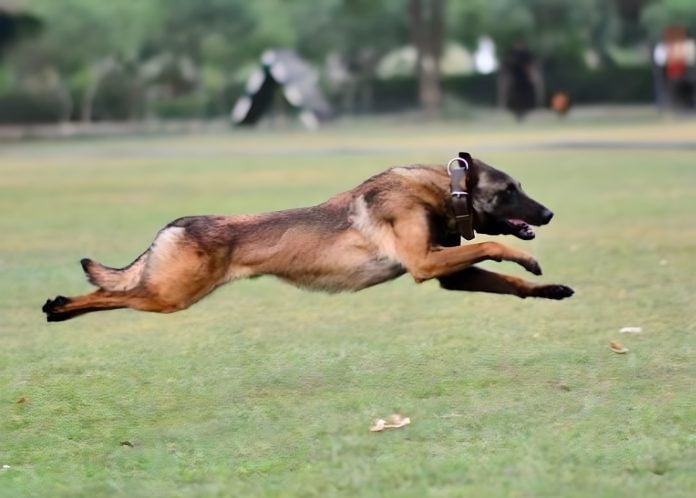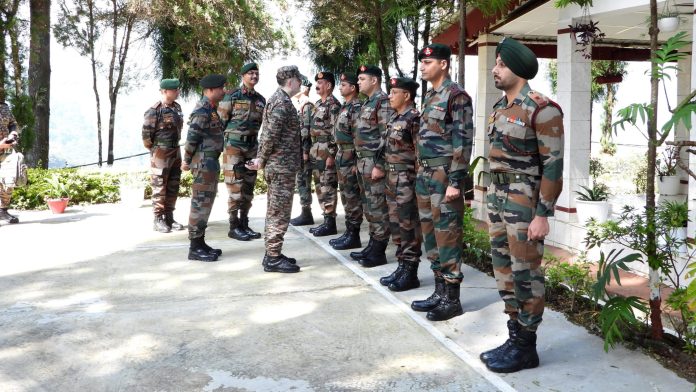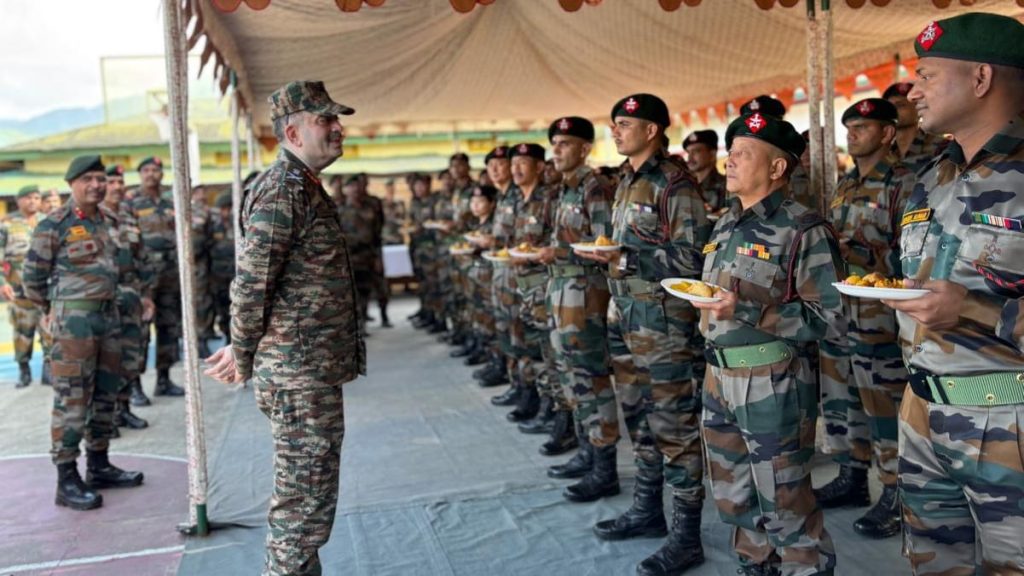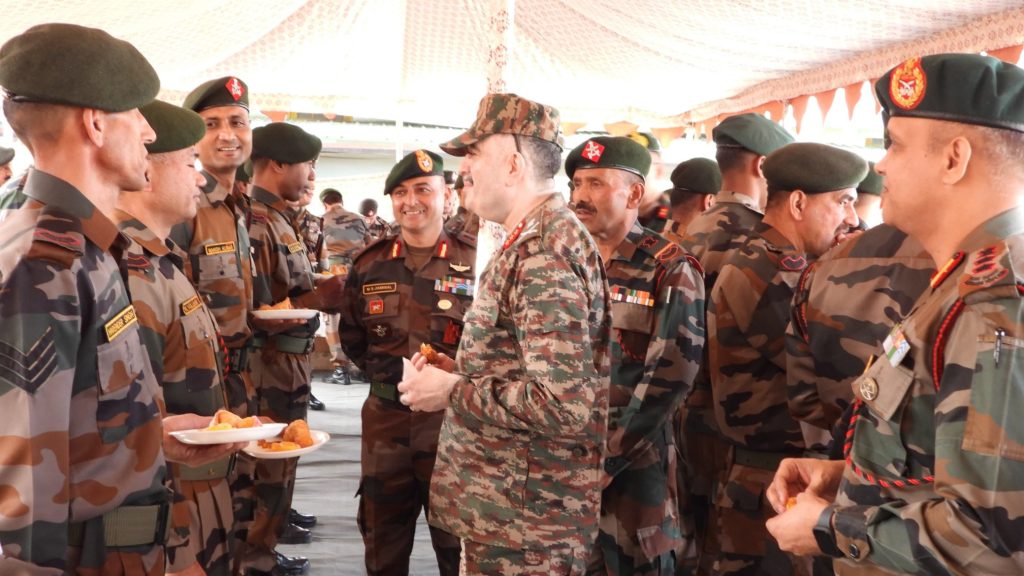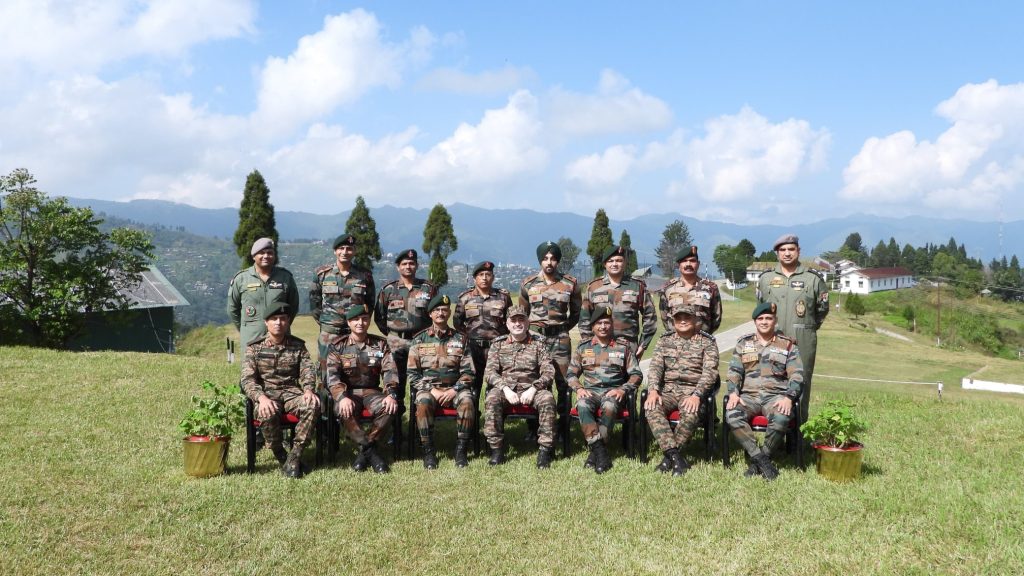FNSS Unveils Next-Generation Kaplan Armored Personnel Carrier at Saha Expo
Istanbul, Turkey – At the Saha Expo, Turkish defense manufacturer FNSS has unveiled its conceptual design for the Kaplan Armored Personnel Carrier (APC), marking a significant advancement in military vehicle technology. This state-of-the-art armored vehicle is a product of a collaborative effort with Indonesia’s state-owned arms manufacturer, PT Pindad, under a long-term cooperation agreement initiated in 2015. The project aims to fulfill the Indonesian Army’s requirement for a 30-ton-class tracked personnel carrier.
Production of the latest Kaplan APCs is slated to begin in 2025, with the first unit being constructed at FNSS’s facilities in Turkey, while the second unit will be produced at PT Pindad in Indonesia. Both vehicles are expected to be delivered to the Indonesian Army by the end of 2026.
Designed for Modern Warfare
The Kaplan APC boasts an array of advanced features designed for superior performance in diverse combat environments. It incorporates components and subsystems derived from the FNSS Marine Assault Vehicle as well as the Kaplan MT, which the Indonesian Army took delivery of in March. This next-generation vehicle is engineered to operate effectively in all terrains and weather conditions, featuring an advanced suspension system that significantly enhances traction and minimizes vibration.
With a capacity to transport up to 13 personnel, including a driver, commander, and gunner, the Kaplan APC prioritizes crew safety in hostile environments. It is equipped with a state-of-the-art fire suppression system, air conditioning, and defenses against chemical, biological, radiological, and nuclear threats.
Additional safety measures include advanced ballistic protection and mine-resistant systems, alongside options for active protection against anti-tank missiles and rocket-propelled grenades.
The Kaplan APC also features an open architecture design that facilitates easy integration with various manned and unmanned turret systems, as well as critical mission equipment such as Battlefield Management and Situational Awareness Systems. The vehicle can be armed with a range of weaponry, from 30mm to 35mm cannons and anti-tank guided missiles.
Moreover, the Kaplan APC can be tailored for a multitude of roles, including mechanized infantry support, reconnaissance, command and control operations, force protection, medical evacuation, recovery missions, combat engineering, and both direct and indirect fire support.
As FNSS continues to enhance its offerings in defense technology, the Kaplan Armored Personnel Carrier exemplifies the future of military vehicles, combining innovative design with robust capabilities to meet modern warfare demands.

